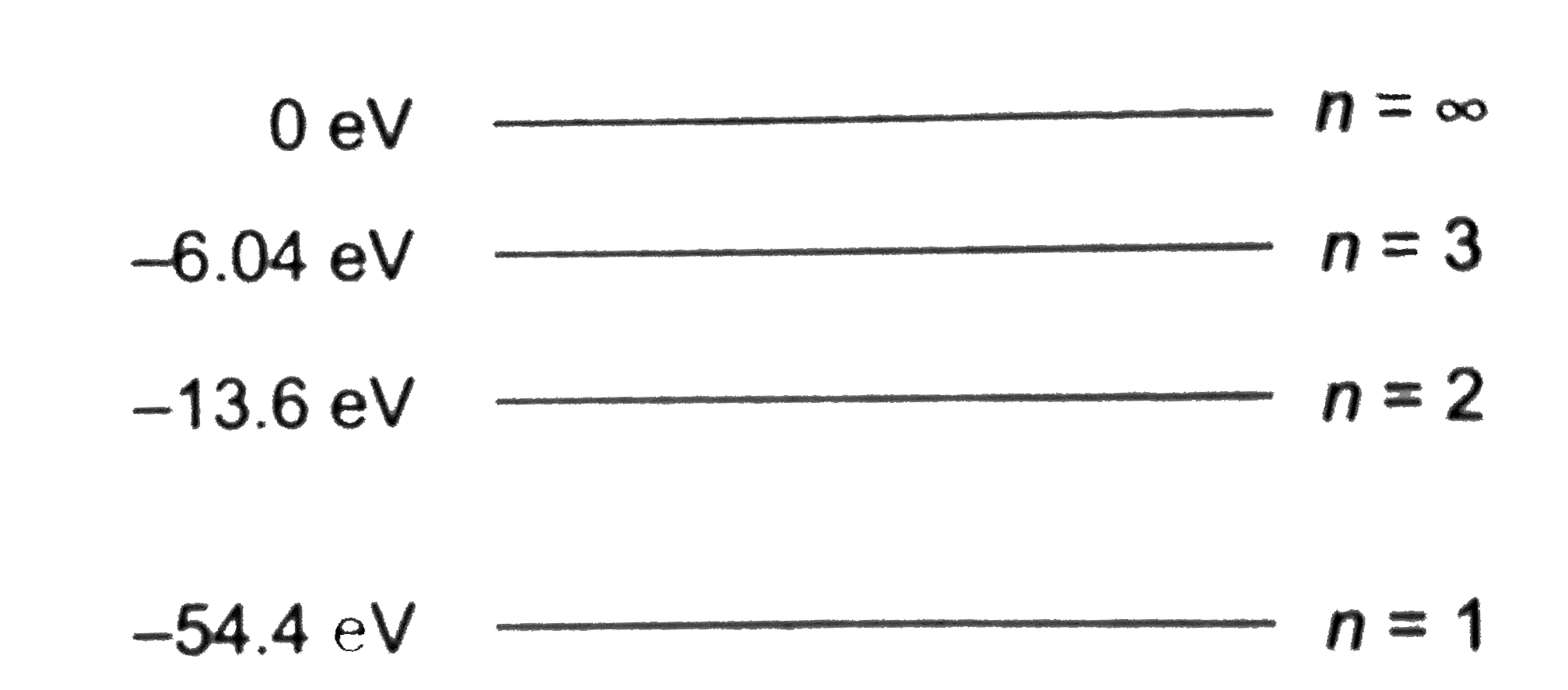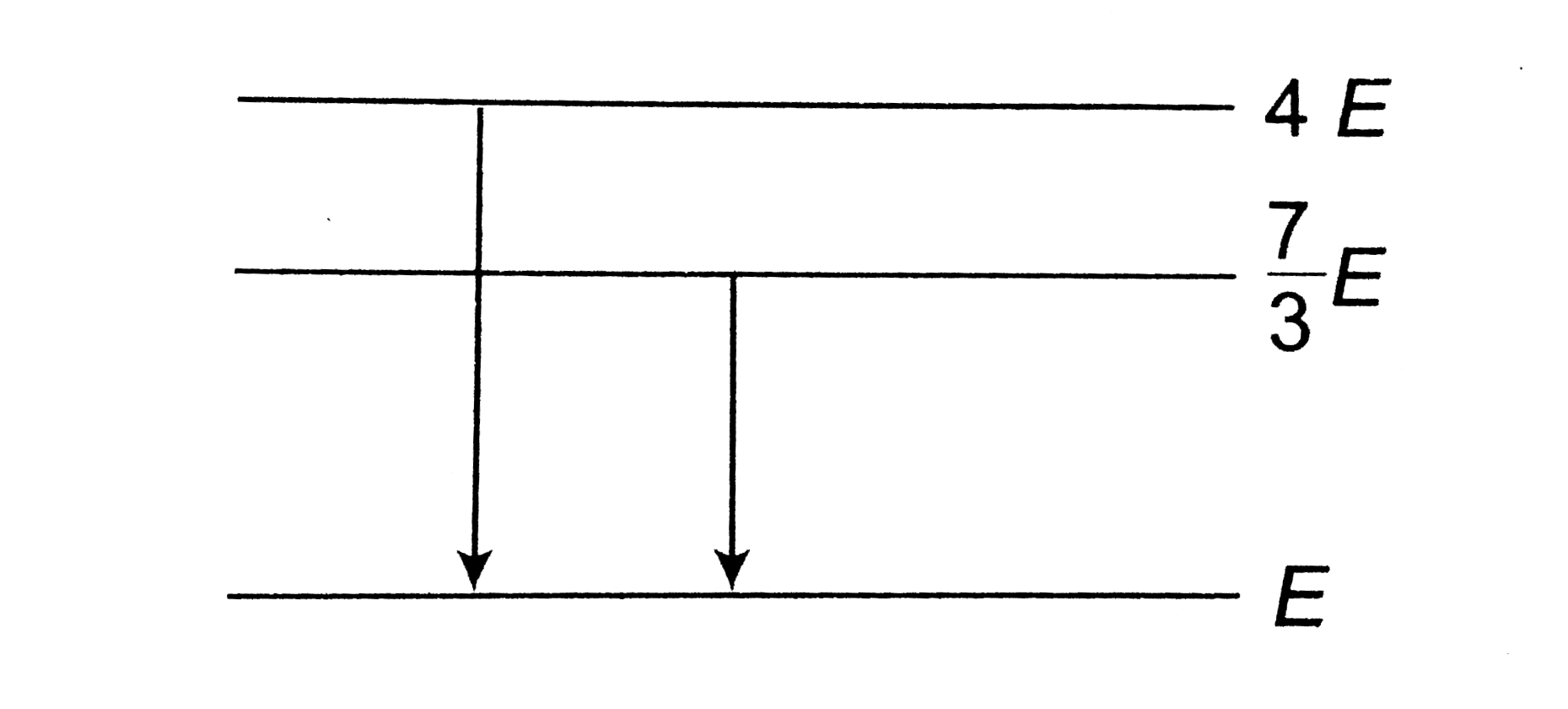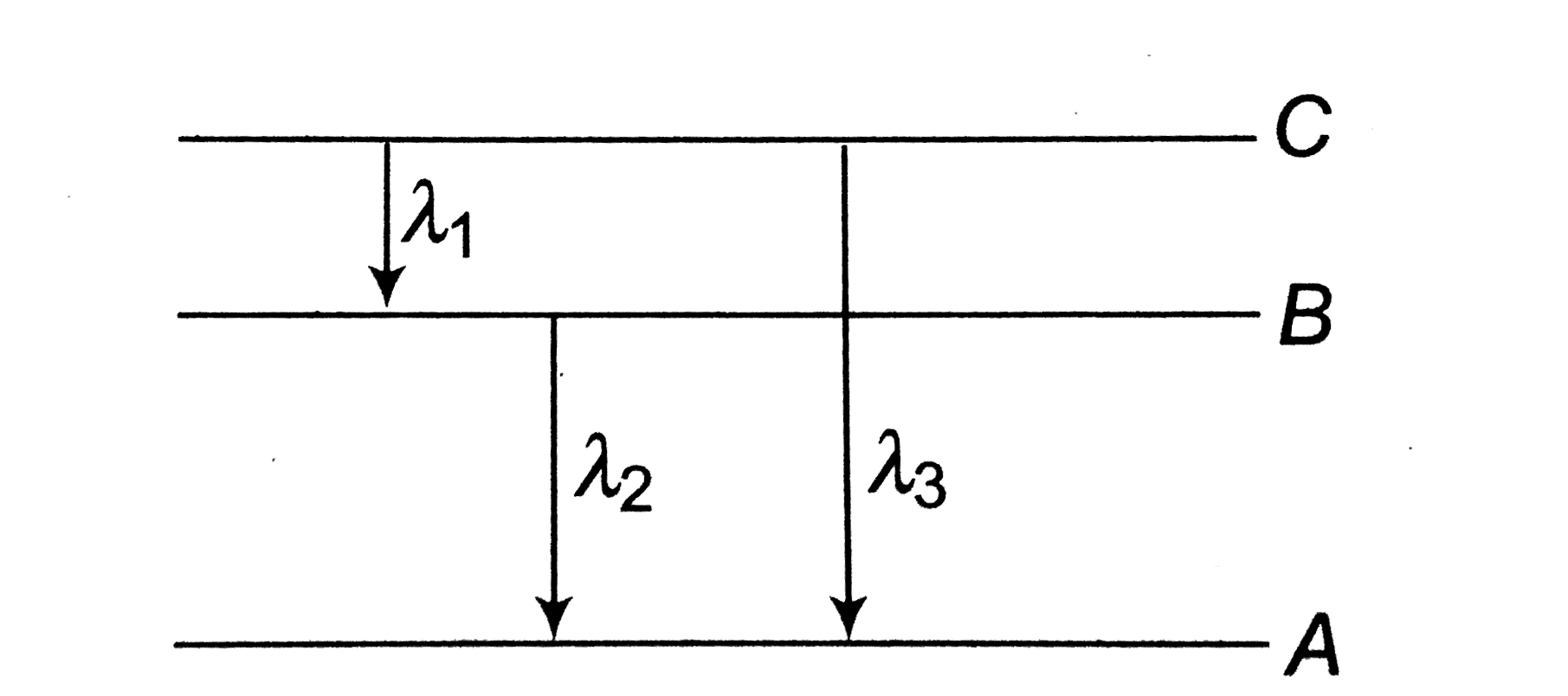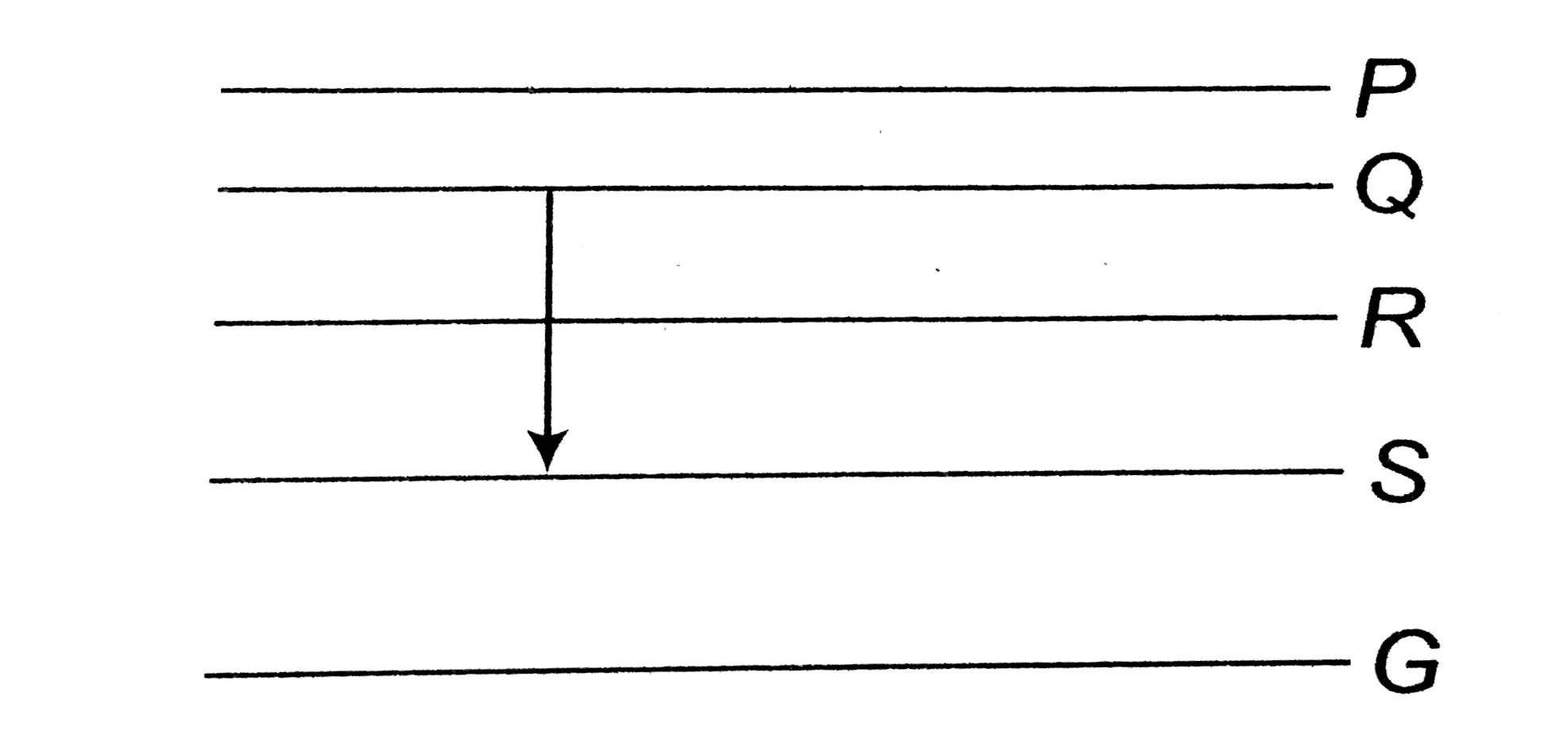Complete Solutions to dpp 4.2 of chapter ATOMIC PHYSICS of Class 12 book with complete answers and questions
| Class 12 | PHYSICS |
| Chapter | ATOMIC PHYSICS |
| CENGAGE PHYSICS DPP | dpp 4.2 |
| Number Of Questions | 15 |
| Academic Year | 2023-24 |
The energy levels of the hydrogen spectrum is shown in figure. There are some transitions `A, B, C, D` and `E`. Transition `A, B`, and `C` respectively represent
 04:05View Solution
04:05View SolutionIn the figure of previous problem, `D` and `E` respectively represent
02:51View SolutionIf the wavelength of the first line of the Balmer series of hydrogen is `6561 Å`, the wavelngth of the second line of the series should be
03:53View SolutionThe enegry level diagram for an hydrogen-like atom is shown in the figure. The radius of its first Bohr orbit is
 02:48View Solution
02:48View SolutionIf the series limit of Lyman series for Hydrogen atom is equal to the series limit Balmer series for a hydorgen like atom, then atomic number of this hydrogen-like atom will be
04:49View SolutionThe following diagram indicates the energy levels of a certain atom when the system moves from `4E` level to `E`. A photon of wavelength `lambda_(1)` is emitted. The wavelength of photon produced during its transition from `(7)/(3)E` level to `E` is `lambda_(2)`. the ratio `(lambda_(1))/(lambda_(2))` will be
 02:28View Solution
02:28View SolutionA hydrogen atom emits a photon corresponding to an electron transition from `n = 5` to `n = 1`. The recoil speed of hydrogen atom is almost (mass of proton `~~1.6 xx 10^(-27) kg)`.
02:57View SolutionEnergy levels `A, B, C` of a certain atom corresponding to increasing values of energy i.e., `E_(A) lt E_(B) lt E_(C)`. If `lambda_(1), lambda_(2), lambda_(3)` are the wavelengths of radiations correspnding to the transitions `C` to `B, B` to `A` and `C` to `A` respectively, which o fthe following statements is correct?
 02:30View Solution
02:30View SolutionFigure shows the enegry levels `P, Q, R, S` and `G` of an atom where `G` is the ground state. A red line in the emission spectrum of the atom can be obtaned by an energy level change from `Q` so `S`. A blue line can be obtained by following energy level change
 02:34View Solution
02:34View SolutionThe figure indicates the enegry level diagram of an atom and the origin of six spectral lines in emission (e.g. line no.`5` series from the transition from level `B` to `A`). The following spectral lines will also occur in the absorption spectrum
 03:30View Solution
03:30View SolutionA hydrogen like atom with atomic number Z is in an excited state of quantum number 2n. It can emit a maximum energy photon of 204 eV. If it makes a transition ot quantum state n, a photon of energy 40.8 eV is emitted. Find n, Z and the ground state energy (in eV) of this atom. Also calculate the minimum energy (in eV) that can be emitted by this atom during de-excitation. Ground state energy of hydrogen atom is – 13. 6 eV.
06:21View SolutionThe energy, the magnitude of linear momentum, magnitude of angular momentum and orbital radius of an electron in a hydrogen atom corresponding to the quantum number n are E, p, L and r respectively. Then according to Bohr's theory of hydrogen atom, match the expressions in column I with statement in column II.
 View Solution
View SolutionA single electron orbits a stationary nucleus of charge `+ Ze`, where `Z` is a constant and `e` is the magnitude of electronic charge . It requires `47.2 eV` to excite . Find
a the value of `Z`
b the energy required to excite the electron from the third to the fourth Bohr orbit.
the wavelength of electromagnetic rediation required to remove the electron from the first Bohr orbit to infinity.
d Find the `KE,PE`, and angular momentum of electron in the first Bohr orbit.
the redius of the first Bohr orbit
[The ionization energy of hydrogen atom `= 13.6 eV` Bohr radius `= 5.3 xx 10^(_11) m`, "velocity of light" `= 3 xx 10^(-8)jm s ^(-1)`, Planck's constant `= 6.6 xx 10^(-34)j - s]`11:01View SolutionA single electron orbit around a stationary nucleus of charge `+ Ze` where Z is a constant and e is the magnitude of the electronic charge. It requires`47.2 eV` to excite the electron from the second bohr orbit to the third bohr orbit. Find
(i) The value of Z
(ii) The energy requiredto nucleus the electron from the third to the fourth bohr orbit
(iii) The wavelength of the electronmagnetic radiation required to remove the electron from the first bohr orbit to inlinity
(iv) The energy potential energy potential energy and the angular momentum of the electron in the first bohr orbit
(v) The radius of the first bohr orbit (The ionization energy of hydrogen atom ` = 13.6 eV ` bohr radius `= 5.3 xx 10^(-11) matre` velocity of light `= 3 xx 10^(8) m//sec` planks 's constant ` = 6.6 xx 10^(-34)` jules - sec )11:14View SolutionA single electron orbit around a stationary nucleus of charge `+ Ze` where Z is a constant and e is the magnitude of the electronic charge. It requires`47.2 eV` to excite the electron from the second bohr orbit to the third bohr orbit. Find
(i) The value of Z
(ii) The energy requiredto nucleus the electron from the third to the fourth bohr orbit
(iii) The wavelength of the electronmagnetic radiation required to remove the electron from the first bohr orbit to inlinity
(iv) The energy potential energy potential energy and the angular momentum of the electron in the first bohr orbit
(v) The radius of the first bohr orbit (The ionization energy of hydrogen atom ` = 13.6 eV ` bohr radius `= 5.3 xx 10^(-11) matre` velocity of light `= 3 xx 10^(8) m//sec` planks 's constant ` = 6.6 xx 10^(-34)` jules - sec )11:14View Solution
dpp 4.2 questions and complete solutions for chapter ATOMIC PHYSICS of CENGAGE PHYSICS (HINGLISH) of Class 12
